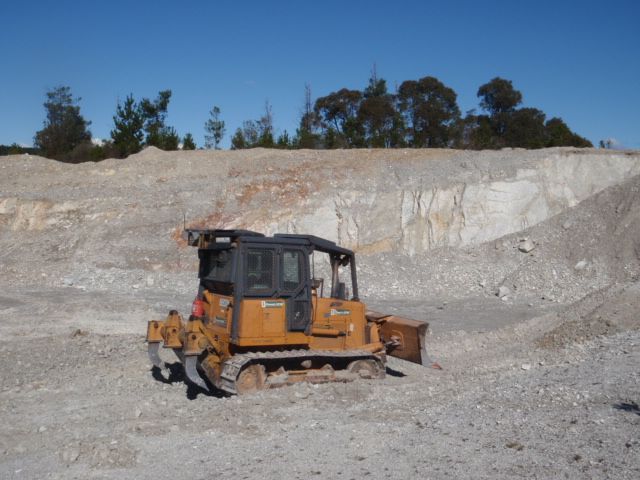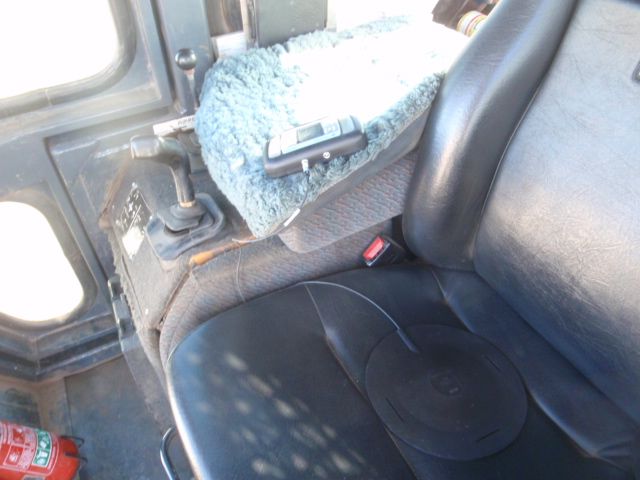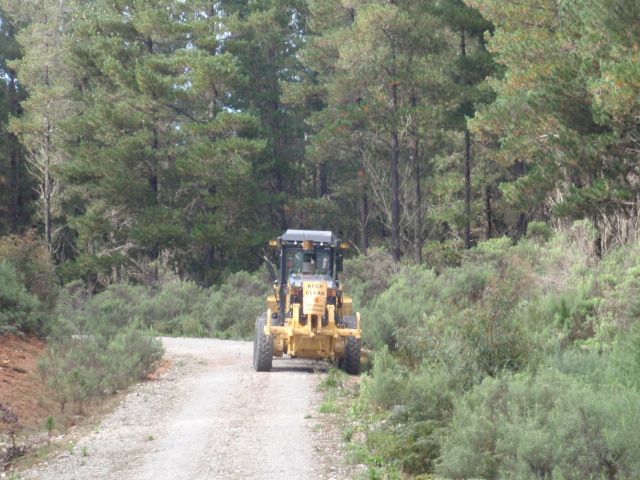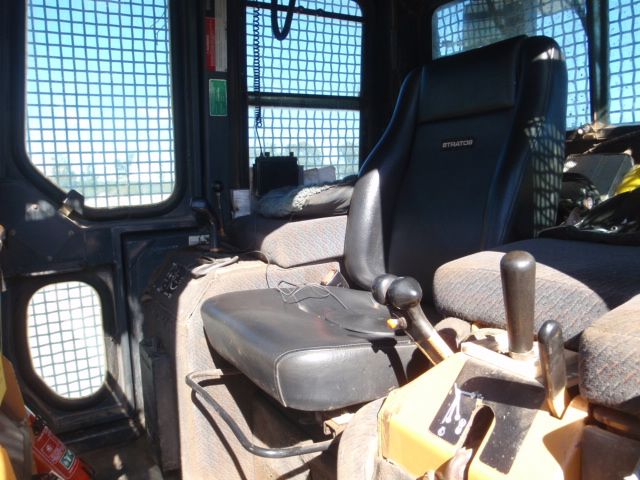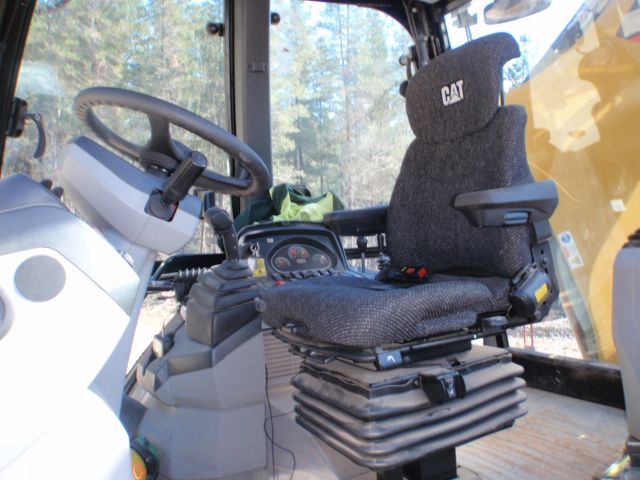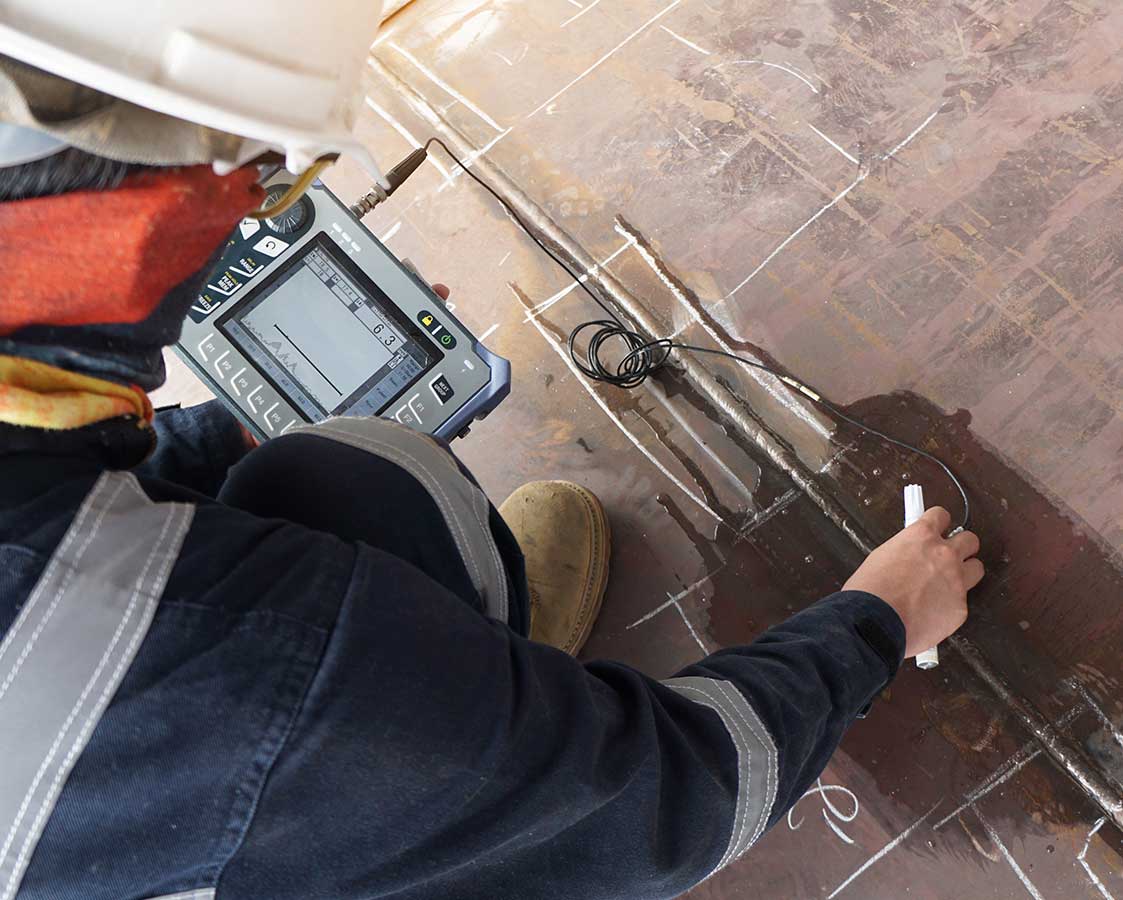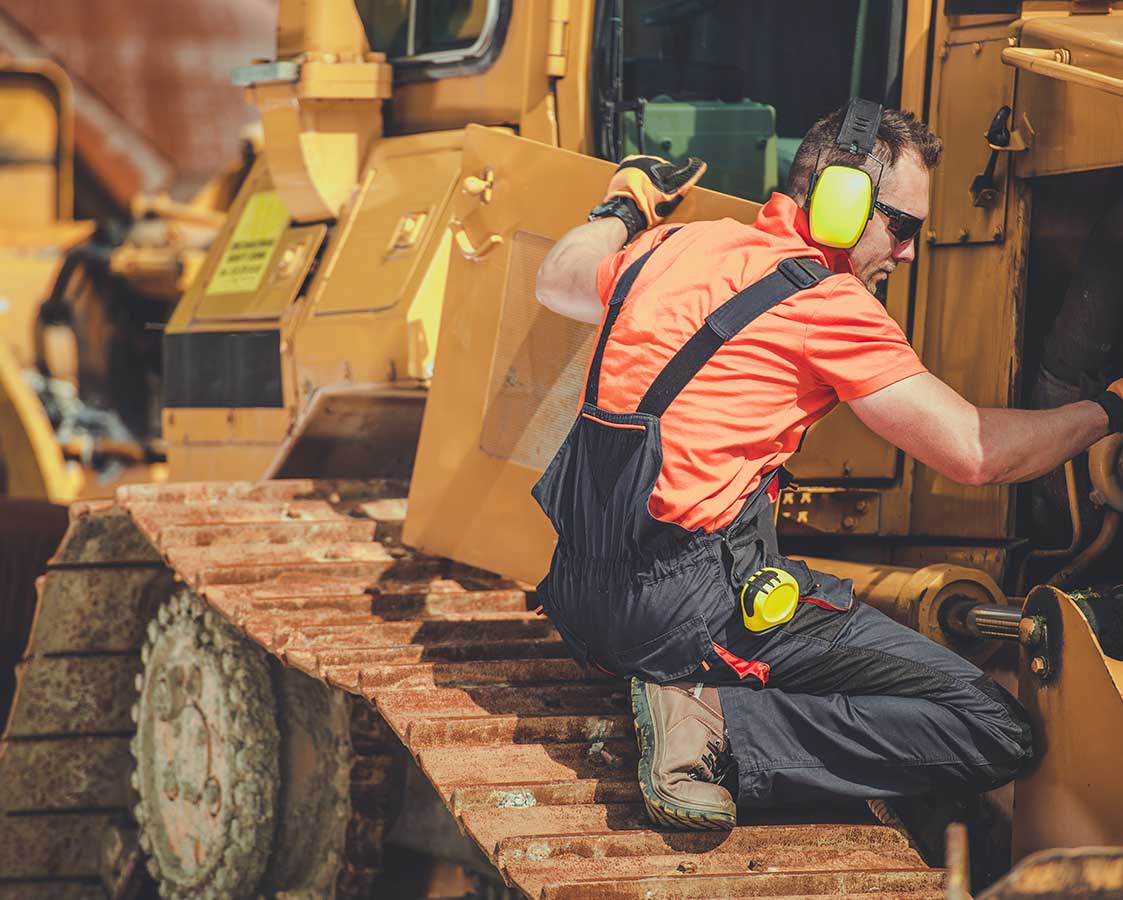We have all travelled on a dirt road at some stage and thought how rough a ride this was, this is the type of vibration known as Whole Body Vibration where heavy vehicle drivers may experience this for the majority of their working day, for most of the working week.
Whole Body Vibration from Planes, Trains and Automobiles
The rough ride illustrates the type of vibration that is experienced, and it isn’t just limited to heavy vehicles, it can also be a risk for drivers and passengers in trains, aircraft, helicopters, boats and even in buildings. In each respect these situations will have Whole Body Vibration, but acting in different ways. The Whole Body Vibration on a train isn’t the typical up and down motion, but more side to side from the carriages jerking and being pulled on the rails.
Whole Body Vibration associated with planes and helicopters are primarily form the engine in light planes and jerking movements from thermal updrafts and microburst downdrafts where there can make the plane vibrate and move in violent way. Let’s be honest the last time being on a bus in Sydney, it wasn’t exactly the smoothest drive and if you sit above the engine compartment on the bus, there will generally be a greater degree of Whole Body Vibration. And this is also without mentioning the pot holes that you get on Sydney and Melbourne roads.
Boats such as those seen on water rats on the Sydney Harbour and out in Port Phillip Bay will have a degree of Whole Body Vibration from going over the crest of waves. Now this is different to the slow up and down vibration of about one vibration per second where you may get sea sick, but think about when the boat is travelling at high speed where you’re riding and bumping off the top of the crests and it is quite bumpy!
Whole Body Vibration in Buildings, Structures and Control Rooms
As well as the different modes of transport, working on top of platforms, in structures and buildings where there are mechanical equipment working continuously, there is the risk of Whole Body Vibration. The Whole body Vibration can occur particularly in control rooms where people will be seated, looking over and supervising the process lines for extended periods of time over the day.
Now we can see that we experience Whole Body Vibration in a number of forms and while is predominantly associated with mining, heavy vehicle road maintenance activities, the vibration exists over a number of different transmission sources.
What are the Associated Whole Body Vibration Health Effects?
The health effects that are associated with long term exposure to Whole Body Vibration encompasses:
- Back injury, especially spinal injury
- Musculoskeletal disorders
- Joint and muscle stiffness
- Damage to female reproductive system
- Changes in the balance and vision of workers
- Changes in the Respiratory, Endocrine, cardiovascular & digestive systems
While not a direct health effect from Whole Body Vibration, the difficulty in a task can be increased through poor visions, hand-eye coordination and concentration which may make a task more hazardous. For instance the conditions of roads or observing hazards may be masked due to the vibration, thereby being one significant cause in a workplace accident.
There is also an association in increased risk of manual handling injuries, particularly back injuries, due to exposure of Whole Body Vibration. This is due to the vibration fatiguing muscles and weakening them over time which increased the risk of putting the back out of place. Reducing vibration will place less stress and strain on back muscles so they can work more effectively in preventing injury.
Health surveillance may assist to prevent the Whole Body Vibration and associated manual handling injuries by increasing working health and awareness of risk factors.
Measuring Whole Body Vibration
The Australian Standard for measuring and testing Whole Body Vibration is AS 2670.1-2001 Evaluation of human exposure to whole-body vibration – General requirements.
Whole body vibration is measured through the use of an accelerometer that is placed within a seat pad. The seat pad which, the operator sits on vibrates in rhythm of the worker operating the equipment. The three plane vectors are measured in the x, y & z coordinates and averaged to determine the Whole Body Vibration levels.
The Whole Body Vibration testing is reported in terms of m/s2, being a measurement of acceleration and is the Roo Mean Square (RMS) value. The measurements are also filtered to assess only specific frequencies that the body is responsive to. In general the frequencies for Whole Body Vibration are much lower than that which has a significant health impact compared to the weighted frequencies for Hand Arm Vibration (HAV).
As well as the seat being measured for Whole Body Vibration, an additional accelerometer may be used to measure the chassis of the equipment. This testing is used to determine the vibration that is absorbed by the seat. Most seats these days will have cushioning and also adjustable tension to ensure that maximum vibration reductions can be achieved.
Each task that the worker undertakes on the equipment is tested for the RMS vibration and is then also assessed in terms of the duration of the task. The tasks that are conducted over the length of the day are then added to evaluate the overall daily Whole Body Vibration exposure.
Another parameter is also used in Whole Body Vibration assessments which is the Vibration Dose Value (VDV) which is the cumulative measurement of vibration and increases as a function of the dose and magnitude of the vibration value. The units of the Dose Vibration Value are is reported in m/s1.75. The Vibration Dose Value provides a measurement of the presence of jolts and jars experienced. As an example, think of the whole body vibration from a small truck where the average vibration levels is the vibration of the vehicle and riding over the road, then the truck hits a large pothole. It is this large jolt or jar that is a significant risk of injury from the cumulative exposure of these large vibration doses.
What are the Whole Body Vibration Exposure Standards?
The state based WHS Regulation in Australia fail to provide exposure limits for Whole Body Vibration in a similar manner to exposure standards for noise or chemical exposures; however the two most commonly referred standards in regards to Whole Body vibration in Australia are:
- Australian Standard AS 2631.1 Mechanical vibration and shock- Evaluation of human exposure to whole-body vibration and the Australian Standard AS 2670 .1 Evaluation of human exposure to whole body vibration. AS 2670.1 which is basically adopted from ISO 2631-1; and
- European Union Health and Safety Directive 2002/44/EC – Vibration.
Both guidance documents quantify the Whole Body Vibration measurements through the average Root Mean Square acceleration values and the Vibration Dose Value (VDV). The recommended Whole Body Vibration action and limit levels are tabulated as follows:
Recommended action an limit vibration values based on the a 8 hour work day
| Standard | Caution Zone or Action Value | Likely Health Exposure Zone or Limit Value |
|---|---|---|
| ISO 2631-1 | r.m.s. 0.43 m/s2 | r.m.s. 0.86 m/s2 |
| AS 2670.1 | VDV 8.5 m/s1.75 | VDV 17 m/s1.75 |
| EU Directive | r.m.s. 0.5 m/s2 | r.m.s. 1.15 m/s2 |
| VDV 9.2 m/s1.75 | VDV 21 m/s1.75 |
Further application of r.m.s. weighted acceleration and VDV values are provided by the Australian Institute of Occupational Hygienists to provide a semi quantitative risk assessment of Whole Body Vibration in terms of likelihood and consequences, to determine an overall Health Risk Rating.
Controlling Whole Body Vibration
The main forms of controlling whole body vibration requires a holistic approach. This includes reducing the whole body vibration from rotating parts and the machinery, ensuring that they are well maintained. Assessing the surface that the equipment is moving on and reducing vibration through the road surface and train tracks.
Another way to reduce Whole Body Vibration is assessing the vibration dampening effect that is offered by the seat. The spring tension of most new seats can be optimised to suppress the transmission of vibration through to the person, as well as through padding an cushioning.
Require assistance with Testing, Assessment and Controlling Whole Body Vibration?
Safe Environments can assist to reduce Whole Body Vibration health effects through our qualified occupational hygienists and technicians to assist in managing your workplace risk. Based in Sydney and Melbourne we undertake Whole Body vibration testing and assessments throughout Australia for mining, construction, forestry services throughout NSW & Victoria.
Be absolutely assured. Safe Environments is NATA accredited for Noise testing
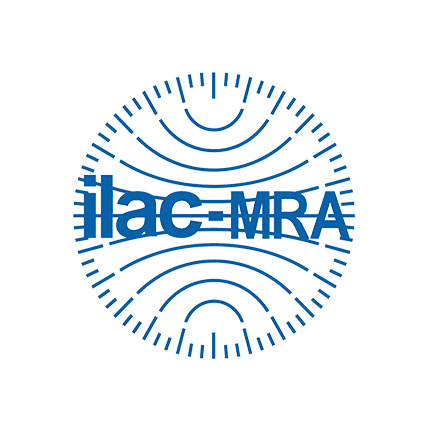
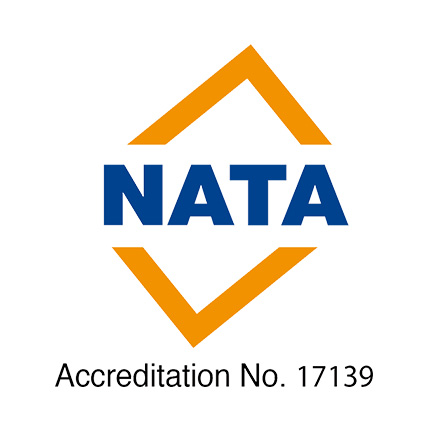

Ensure a Safe Environment
For more information on noise testing or management please contact one of Safe Environments Occupational Hygienists or Noise Consultants located in the following Australian cities:
Melbourne & Victoria
Unit 25, 1 Millers Rd Brooklyn VIC 3012 Australia
NSW - Sydney, Newcastle & Wollongong
Unit 4, 40 Bessemer Street, Blacktown NSW 2148
